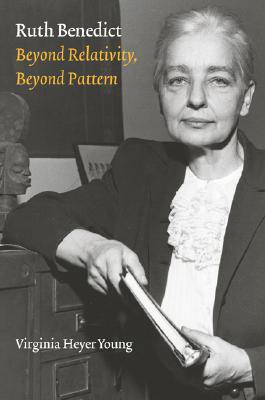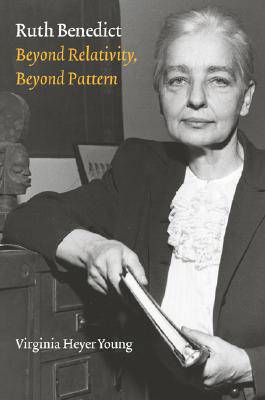
En raison d'une grêve chez bpost, votre commande pourrait être retardée. Vous avez besoin d’un livre rapidement ? Nos magasins vous accueillent à bras ouverts !
- Retrait gratuit dans votre magasin Club
- 7.000.000 titres dans notre catalogue
- Payer en toute sécurité
- Toujours un magasin près de chez vous
En raison de la grêve chez bpost, votre commande pourrait être retardée. Vous avez besoin d’un livre rapidement ? Nos magasins vous accueillent à bras ouverts !
- Retrait gratuit dans votre magasin Club
- 7.000.0000 titres dans notre catalogue
- Payer en toute sécurité
- Toujours un magasin près de chez vous
Description
Considered one of the most influential and articulate figures in American anthropology, Ruth Benedict (1887-1948) was trained by Franz Boas and Elsie Clews Parsons and collaborated with the equally renowned anthropologist Margaret Mead, a student of hers with whom she was for a time romantically involved. When Benedict died suddenly at the age of sixty-one, she was popularly known for two best-selling works: Patterns of Culture, which became an exemplary model of the integration of societies, and The Chrysanthemum and the Sword, a study of Japanese culture commissioned by the U.S. government during World War II. Benedict's lasting contribution to anthropology, however, cannot be appreciated solely through her more famous works. Equally innovative were her unpublished or little-noticed writings, which covered such topics as cross-cultural attributes of free societies, the national cultures of Thailand and Romania, and the comparison of Asian consensus politics with American political patterns. This biography by one of Benedict's last graduate students, Virginia Heyer Young, draws on these works, on Benedict's correspondence and collaborative work with Margaret Mead, and on unpublished course notes. Young finds the ordering patterns in the rich materials Benedict left in her papers and demonstrates that Benedict was embarking on new interpretive directions in the last decade of her life--bringing her methods of holistic comparison to bear on contemporary cultures and on the dynamics of social cohesion. Benedict's work, in fact, anticipated trends in anthropology in the decades to come by projecting a framework of individuals not only shaped by their culture but also using their culture for personal or collective objectives. Young's arresting and nuanced portrait of Benedict in her last years leads one to wonder what direction American anthropology might have taken had Benedict completed the book she was working on at the time of her death.
Spécifications
Parties prenantes
- Auteur(s) :
- Editeur:
Contenu
- Nombre de pages :
- 382
- Langue:
- Anglais
- Collection :
Caractéristiques
- EAN:
- 9780803249196
- Date de parution :
- 01-07-05
- Format:
- Livre relié
- Format numérique:
- Genaaid
- Dimensions :
- 161 mm x 237 mm
- Poids :
- 748 g

Les avis
Nous publions uniquement les avis qui respectent les conditions requises. Consultez nos conditions pour les avis.






